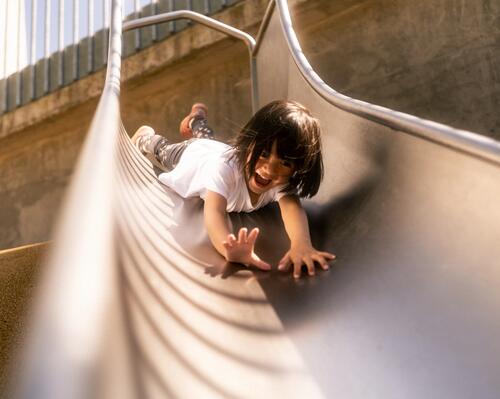What are the positive repercussions in Saint-Jouan-Des-Guérêts?
The Saint-Jouan-des-Guérêts pilot site, close to Saint-Malo (France), enables us to put a certain number of replicable principles in place to support biodiversity for any future store.
The first principle: limit the damage of urbanisation by investing, for example, in uncultivated land or monoculture farmland. Followed then by these other objectives: transform, prevent, reduce and compensate.
The founding principle is to support ecological corridors along the lines of 4 strategies:
The green template: it promotes the movement and habitats of species, with unfenced land, late summer cutting, as well as a density and variety of flora. In this way, animals are free to move around, feed, reproduce and hide among the vegetation, nest boxes or bug hotels placed around the plot of land. The vegetation helps to filter pollutants (carbon sequestration) and create cooling island effects. 175 plant species (trees, fruit trees, shrubs) were planted in Saint-Jouan, compared to 20 previously.
The blue template: here, it is a case of combating soil surface sealing and reducing the speed of surface water runoff, which improves rainwater management. The vegetated ditch and infiltration basin are actual wetland habitat area, allowing aquatic wildlife to flourish. They also limit the risk of flooding and help to contribute to groundwater recharge.
The brown template: 25 % of diversity is found in the soils. In the same vein, the challenge was to preserve continuity in the subsoil to support the development of fungus and bacteria. If the soil is not aerated, the green template can't be in good condition either. It is why we maintain the area with conservation grazing. A herd of sheep grazing on the plot of land is preferable to using a heavy-duty lawn mower that packs down the earth.
The black template: this is about preserving nocturnal fauna. We revamped the lighting to cause the least possible hindrance. It translates into downward-facing lighting, equipped with sensors that turn on when there is traffic.We have also thought of bat boxes
Lastly, we installed 2 beehives, meaning a population of 120,000 bees. They are a good indicator of the naturalness of the site and its surroundings. In Saint-Jouan, they produced 22 kg of honey, when, on average, 3.5 kg is expected elsewhere. It not only means that no phytosanitary products are used in the surrounding area but on top of that, their ecosystem is sufficiently varied because they have very little distance to cover, enabling them to retrieve more pollen and subsequently produce more honey.
We carried out similar adjustments on the site in Lorient (France), and 14 projects are in progress in line with this same approach. The objective, just like the first two projects, is to get the "Signature Biodiversité" label, environmental certification for 100 % of our future new property construction projects in France. This landscaping company provides guidance and supervises companies wanting to facilitate environmental performance in their project, from the programme's initial inception to the implementation of measures.





